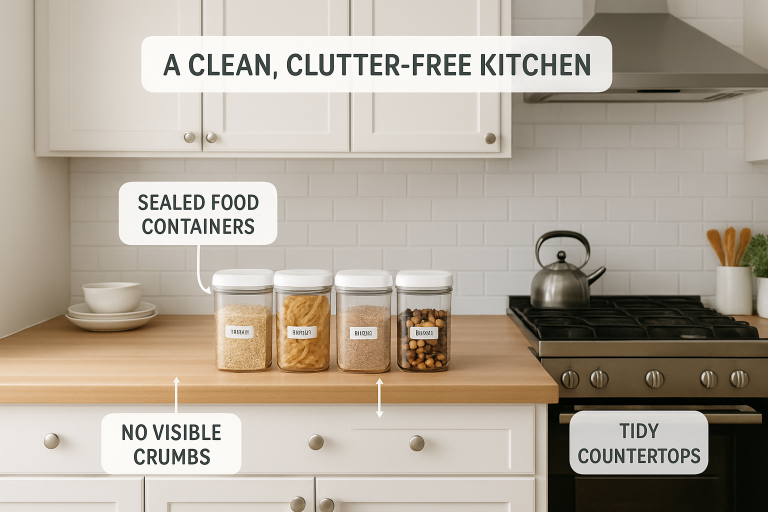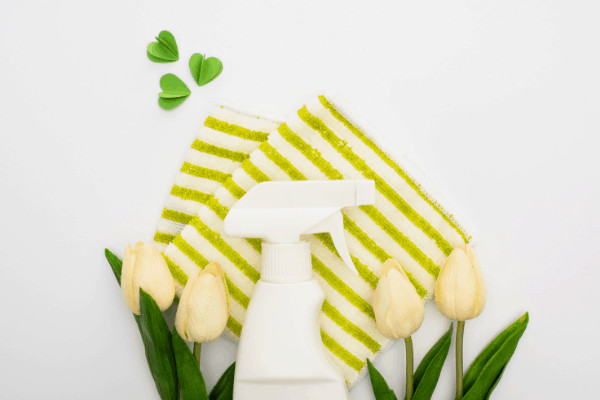Cockroach infestations are far more than an inconvenient nuisance—they can pose genuine health threats within your home. These resilient pests are known carriers of bacteria and can spread pathogens across household surfaces, contaminating food and exacerbating allergies. Cockroaches can hitchhike into your home undetected, and once they gain access, they multiply rapidly, making early intervention crucial. In fact, homes with persistent cockroach issues often see increased asthma attacks and respiratory complaints among their residents, particularly in sensitive groups like children, the elderly, and those with compromised immune systems. Taking steps such as scheduling a periodic cockroach inspection is a key proactive measure to ensure early detection and prevent widespread infestation.
Cockroaches can also contribute to unhealthy living environments by producing allergens and contaminating food supplies. Their droppings, saliva, and shed skin become potent triggers for asthma and allergy sufferers, especially children and the elderly. Households with ongoing infestations often battle chronic symptoms that are easily misattributed to other sources. Understanding these risks underscores the importance of comprehensive prevention strategies at home, as prevention is easier and less costly than managing a severe infestation.
Infestations generally go unseen at first, allowing populations to escalate quickly. Cockroaches are adept at hiding in tiny cracks, crevices, and behind household appliances. Proper vigilance and effective preventive tactics are essential to keeping your home clean, safe, and pest-free. For households already experiencing signs of an active issue, such as spotting live cockroaches during the day, finding egg cases, or detecting a musty odor, prompt professional cockroach removal & remediation services are critical to control and eliminate the problem before it worsens.
Beyond immediate health risks, cockroaches can damage property and personal belongings, chewing through paper, fabrics, and even electrical wiring in extreme cases. Books, photographs, and essential paperwork are all susceptible if left unprotected in areas prone to infestations. Addressing these threats early can help protect your home value and your family’s well-being.
Maintain a Clean and Clutter-Free Environment
The foundation of cockroach prevention is rigorously maintaining a clean household environment. Cockroaches are drawn to crumbs, food residue, and clutter, providing them with a food source and hiding places. They especially thrive in neglected corners and forgotten storage areas where food particles or spills can accumulate undetected. To significantly lower your risk of an infestation, pay close attention to these critical areas:
- Kitchen: Wipe countertops after each meal, clean food residue from under large appliances, and avoid leaving dirty dishes in the sink overnight. Regularly clean behind your refrigerator and stove, as these warm, dark spaces are beautiful to cockroaches. Sweeping or vacuuming the floor daily, especially in areas prone to crumbs, can help eliminate a key food source.
- Living Spaces: Regularly vacuum carpets, mop hard floors, and reduce clutter in shared spaces to diminish potential hiding and breeding spots. Piles of newspapers, magazines, or cardboard should be discarded or recycled promptly to prevent cockroaches from using them as shelter.
- Storage Areas: Keep basements, attics, and closets tidy and organized. Store items in sealed plastic bins rather than cardboard boxes, which are more easily infiltrated and can absorb excess moisture—a key attractant for many pests.

After a deep clean, it’s essential to maintain these habits regularly, as inconsistency in cleaning routines can allow infestations to reappear. For more information about keeping spaces clean that deter pests, the New York Times Cleaning Guide offers excellent tips and checklists for all home sizes and types.
Seal Entry Points to Prevent Access
Cockroaches are notorious for slipping through tiny cracks and crevices for food and warmth. Inspect the exterior and interior of your home for possible entry points around plumbing, utility lines, windows, doors, and baseboards. Even gaps as thin as a quarter of an inch can grant cockroaches entrance into your home. Pay attention to worn weather stripping on doors, ill-fitting window screens, and any holes in the foundation or siding. Sealing these gaps with caulk or weather stripping can significantly reduce the risk of an infestation taking hold and force cockroaches to go elsewhere. For more detailed instructions, This Old House’s cockroach prevention guide covers effective home sealing methods.
Additionally, inspect hidden areas such as utility conduits and dryer vents, as cockroaches may use these as highways to move from the outdoors into your living spaces. Ensure all screens and vents are intact, and consider installing mesh that blocks entry without impeding airflow.
Proper Food Storage and Waste Management
Improper food storage is a primary factor leading to cockroach infestations. Always keep food, including pet food, in airtight containers. Pantry staples such as rice, flour, and cereal should be transferred to sealed jars, reducing the chance that a cockroach can access or contaminate these foods. Do not leave food out overnight or allow crumbs to collect in hard-to-reach spots like behind the stove or under the refrigerator. Empty and clean trash cans regularly, using lids that prevent pests from accessing the contents. Taking out the garbage daily is a habit that helps deter other pests, such as ants or rodents. Cleaning up spills immediately can eliminate future attractants for cockroaches searching for meals, and rinsing recyclables before storing them will prevent residual odors that might draw pests indoors.
Even pet feeding areas need careful monitoring; uneaten pet food should be removed promptly, and food bowls should be washed daily. These steps make your home much less hospitable to scavenging cockroaches and support other pest control efforts.
Utilize Natural Deterrents
Homeowners seeking chemical-free pest control options can utilize several natural deterrents to keep cockroaches at bay. Essential oils like peppermint, eucalyptus, and citrus are known to repel cockroaches and can be mixed with water and sprayed along baseboards, entryways, and likely hiding areas. Their strong scents are unpleasant to many pest species yet safe for humans and most pets when appropriately diluted. Another effective remedy is diatomaceous earth, a natural powder that can be sprinkled where cockroaches travel; it dehydrates and ultimately kills pests upon contact. Unlike harsh chemical treatments, these methods are generally safe for households with small children or pets, provided proper handling instructions are followed.
Boric acid and baking soda are other alternatives that can target cockroach populations with minimal risk to your family, though they should still be used cautiously. Natural deterrents are best used with other prevention strategies for maximum effectiveness and are ideal for households looking to decrease indoor chemical exposure.
Monitor and Address Moisture Issues
Since cockroaches are particularly attracted to moisture, fixing leaky pipes, ensuring proper ventilation, and using dehumidifiers in damp climates will make your home less appealing to these pests. Cockroaches survive for weeks without food but cannot live more than a few days without access to water. Regularly check under sinks, around appliances, and in basements for excess moisture and make repairs promptly to discourage cockroach activity. Pay special attention to areas near water heaters, air conditioning units, and laundry rooms where leaks often go unnoticed. In humid climates, a well-placed dehumidifier can dramatically reduce the likelihood of a pest problem.
Ventilation fans in bathrooms and kitchens are excellent for lowering ambient humidity and should be used after showers, cooking, or washing dishes. Reducing moisture sources makes your home a significantly less desirable place for cockroach populations to thrive.
When to Seek Professional Assistance
Despite these preventive precautions, infestations can sometimes persist and require professional intervention. Certified exterminators have access to specialized tools and treatments, ensuring thorough removal and long-term protection tailored to your property’s specific needs. Professional consultation is especially advised if you see cockroaches during daytime hours, often a sign of a significant population. Experts can also provide advice on further prevention steps and may identify problem areas that are easy to overlook during routine cleaning or repairs.
By taking a proactive approach to cleanliness, household maintenance, and moisture control—and knowing when to consult experts—you can keep your living environment healthy, comfortable, and free from cockroach infestations. Consistency and vigilance are crucial, and when combined with professional help if needed, you give your household the best chance of remaining pest-free year-round.





